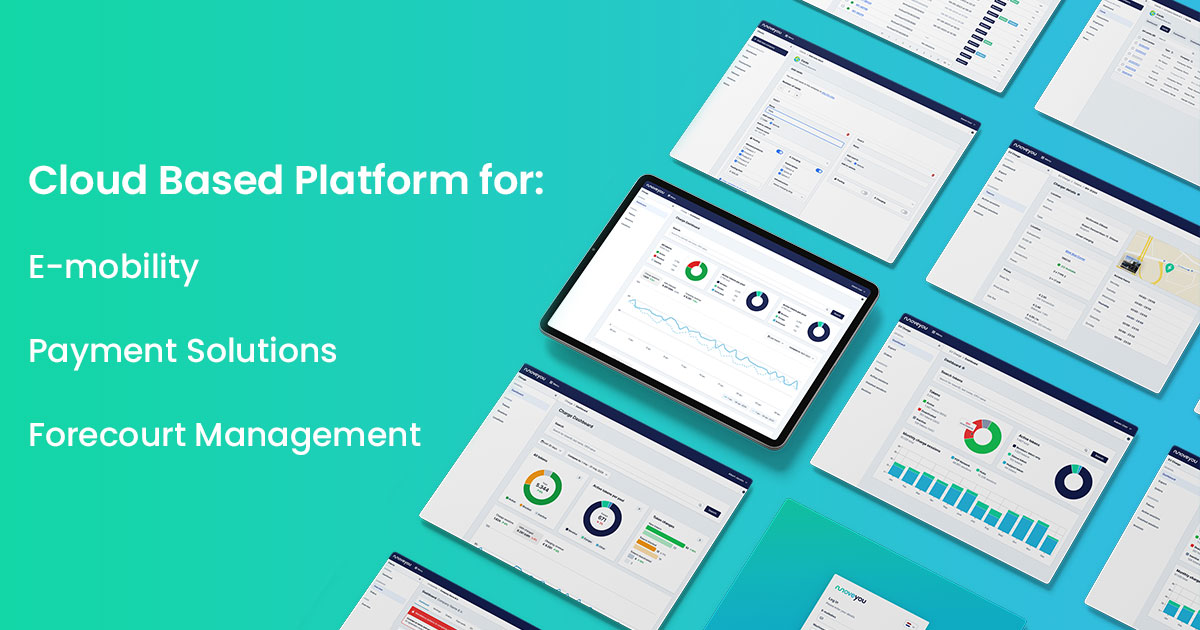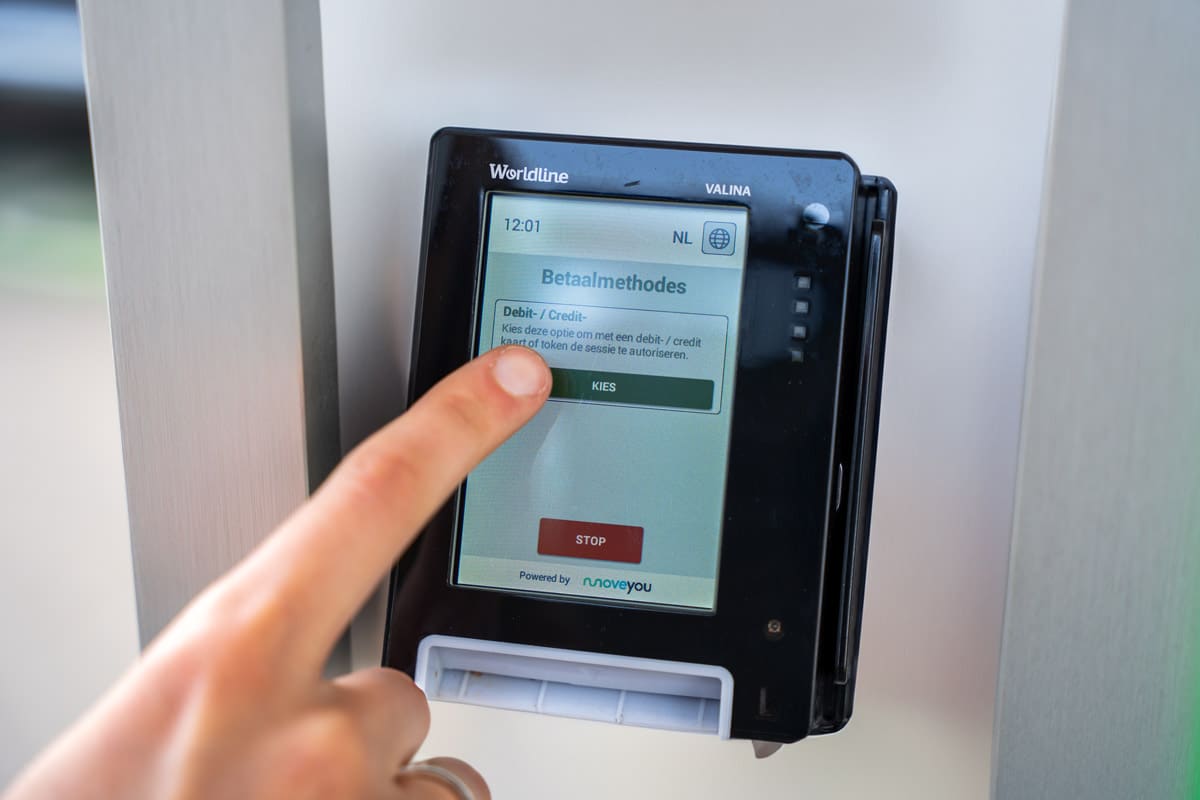1. Smart data: from operational efficiency to revenue growth
In 2025, data will play a crucial role in improving mobility. Many forecourts already have hardware from different suppliers, and operators are starting to realize that while the data is available, it is not yet centralized. Centralizing these data sources allows for smart insights that can drive both operational efficiency and revenue growth.
From insights to revenue growth:
Once forecourt managers collect and centralize this data, they can apply smart algorithms for marketing and loyalty purposes, driving additional revenue.
For example, license plate recognition cameras can instantly match new vehicles with registered loyalty accounts. Based on historical POS or shop data, personalized offers can be displayed in real-time on screens next to dispensers or chargers.
- Example: A chocolate chip cookie with coffee for one customer, or a carwash offer for another. Even a simple personalized greeting can strengthen brand loyalty.
2. Payments: ad-hoc payments and retrofit solutions for EV charging
Starting in 2024, AFIR regulations require new charging plazas to offer debit and credit card payments. These ad-hoc payments lower barriers for EV users and improve the customer experience.
What about existing locations?
Existing sites have two years to transition to ad-hoc payments. Many current fuel and charging stations do not yet meet the new requirements and will need to explore modern solutions. Retrofit solutions, which upgrade existing systems with new technologies, can ensure compliance while offering user-friendly payment options.
AFIR is not just an obligation but also an opportunity, especially for charging plazas with numerous AC chargers. Additional screens (like those on payment terminals) can also be used for branding and loyalty purposes. Payment giants such as Worldline and Adyen are collaborating with Moveyou to create an extra software layer that transforms existing terminals into EV-ready payment and loyalty systems.
In short: the future of payments lies in fast, accessible solutions that put the customer first.
3. Mobility as a service (MaaS) 2.0
Mobility as a service (MaaS) faced challenges in 2024, with many shared mobility providers struggling and MaaS receiving negative press. Such setbacks are common in the innovation lifecycle, often referred to as the “hype cycle.” While MaaS seemed overhyped in recent years, funding for MaaS projects in Western Europe is now at an all-time high. It appears that MaaS 2.0 will turn the tide.
What’s changing?
In 2025, we’ll see existing apps that already reach large user groups integrating MaaS functionalities. This trend, sometimes called mobility as a feature (MaaF), has the potential for faster adoption due to the high frequency and relevance of current app usage.
Governments and municipalities are also driving MaaS adoption, supporting shared mobility through initiatives aimed at reducing car dependency, tackling transport poverty, and promoting sustainable transport.
Opportunities for businesses:
MaaS 2.0 offers opportunities to generate revenue per transaction and meet the demand for sustainable transport. Local governments increasingly recognize how MaaS can help achieve their goals and are more willing than ever to provide financial support.
4. Last-mile solutions for employers
In 2025, there will be a strong focus on CO2 reduction. Employers are required to measure and reduce the CO2 emissions of their employees. A smart solution is to implement last-mile options as a sustainable alternative to car travel.
Practical applications:
- Shared bicycles with smart locks:
Employers can provide bicycles at train stations for employees who need to travel further to the office. This makes public transport more attractive and simplifies the commute for employees.
Benefits:
- Cost savings:
Low- or no-emission mobility is almost always cheaper than car travel.
Employers’ own shared bicycles are more cost-effective than commercial providers and can be placed exactly where needed, unlike commercial providers that prioritize city centers.
Employers also gain insights into their employees’ mobility data, helping to optimize further.
5. EFAS: the fleet card becomes a mobility card
Fleet cards, also known as fuel cards, have been popular with companies for years, but in 2025 we’ll see the rise of the mobility card. This shift is driven by new technologies and government changes.
What can a mobility card do?
- EV charging
- Parking
- Paying for public transport and shared mobility
For businesses with professional drivers, additional options can be included, such as payments for shops, hotels, showers, or car washes.
Smart management with MoveYou MAS:
- Companies can set a monthly spending limit for employees.
- Businesses can determine which types of expenses are allowed, such as fueling, charging, or mobility services.
The mobility card is the ultimate solution for flexible and efficient mobility management.




